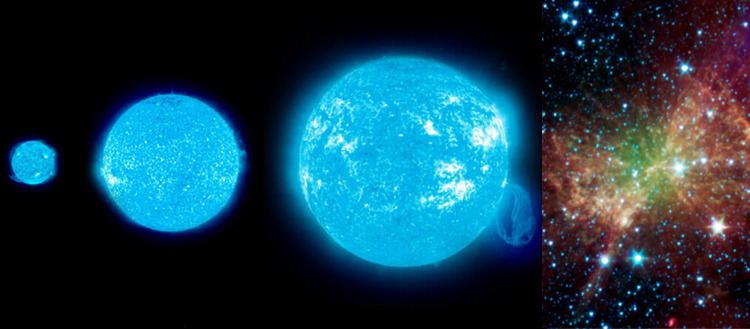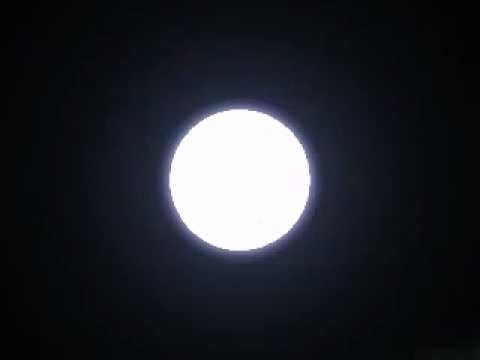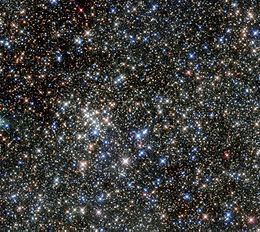Surface temperature 11,800 K Mass 2.287 × 10^32 kg (115 M☉) | Radius 213 million km (306 R☉) Magnitude 4 | |
 | ||
Similar Pistol Nebula, VY Canis Majoris, LBV 1806‑20, Mu Cephei, VV Cephei | ||
The pistol star
The Pistol Star is a blue hypergiant star, one of the most luminous known in the Milky Way. It is one of many massive young stars in the Quintuplet cluster in the Galactic Center region. The star owes its name to the shape of the Pistol Nebula, which it illuminates. It is located approximately 25,000 light years from Earth in the direction of Sagittarius. It would be visible to the naked eye as a fourth magnitude star if it were not for the interstellar dust that completely hides it from view in visible light.
Contents

Properties

The Pistol Star was discovered using the Hubble Space Telescope in the early 1990s by Don Figer, an astronomer of UCLA.

The star is thought to have ejected almost 10 solar masses of material in giant outbursts perhaps 4,000 to 6,000 years ago (as observed from Earth). Its stellar wind is over 10 billion times stronger than the Sun's. Its exact age and future are not known, but it is expected to end in a brilliant supernova or hypernova in 1 to 3 million years. The mass is equally uncertain, thought to have been over 100 times the Sun when initially formed but now considerably less due to extreme mass loss. Modelling the star itself to match its spectrum gives a mass of 27.5 M☉, while matching its current properties to an evolutionary model gives a much higher mass (86-92 M☉).
Early reports suggested that it might be the most luminous star known, being almost 10 million times as luminous as the Sun. Later studies, however, have reduced its estimated luminosity, making it a candidate luminous blue variable about one-third as luminous as the binary star system Eta Carinae. Even so, it radiates about as much energy in 20 seconds as the Sun does in a year.
A close point source has been discovered hidden in the surrounding nebulosity, but there has been no confirmation of this being a star or whether it is physically associated.
